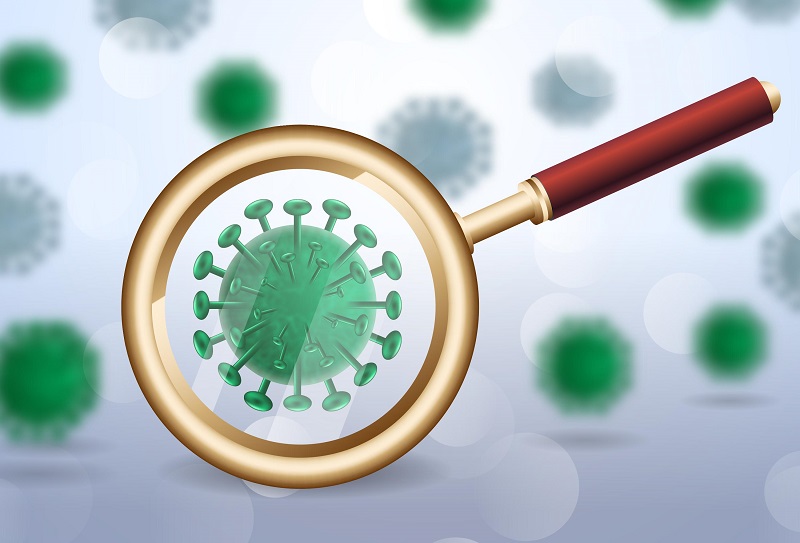The question “Can Laturedrianeuro spread?” is one that has recently attracted growing attention. With increasing discussions about neurological disorders and their possible transmission, understanding the nature of Laturedrianeuro becomes essential. This article takes a professional, detailed, and evidence-driven look at the topic. It examines whether Laturedrianeuro is a condition that spreads from one person to another, or if it arises from genetic, environmental, or lifestyle factors.
What is Laturedrianeuro?
Laturedrianeuro is often described as a complex neurological condition. While the precise definition varies across sources, it is generally associated with disruptions in brain function, abnormal neural activity, and long-term effects on cognitive or physical abilities. Unlike infectious diseases, which are caused by bacteria, viruses, or parasites, neurological disorders are usually linked to internal or hereditary factors.
To determine if Laturedrianeuro can spread, it is crucial to first understand what type of condition it is:
- Neurological basis: It affects the nervous system rather than the immune system.
- Non-infectious nature: Most neurological conditions are not contagious.
- Influence of genetics and environment: Causes often include genetic predispositions, exposure to toxins, injuries, or degenerative processes.
Can Laturedrianeuro Spread Like an Infection?
When people ask whether Laturedrianeuro can spread, they often compare it with conditions such as the flu or viral meningitis, which move from person to person through droplets or contact. However, based on current research and medical consensus, there is no evidence that Laturedrianeuro spreads through physical interaction, air, or bodily fluids.
Unlike viruses or bacteria, neurological conditions do not reproduce outside the human body. Instead, they develop due to internal biological processes.
Key points:
- Laturedrianeuro is not contagious in the traditional medical sense.
- It cannot be transmitted through coughing, sneezing, or touching.
- Living with someone who has Laturedrianeuro does not put others at direct risk.
How Does Laturedrianeuro Develop?
If Laturedrianeuro does not spread like an infection, then how does it occur? Research suggests several potential contributing factors:
- Genetic Influence
- Family history may increase the risk.
- Specific genes might predispose individuals to neurological irregularities.
- Environmental Triggers
- Exposure to chemicals, toxins, or pollutants.
- Chronic stress and lifestyle habits.
- Brain Injury or Trauma
- Accidents or repeated head injuries can damage neural pathways.
- Age and Degeneration
- As the brain ages, nerve cells weaken, potentially leading to neurological issues.
Why Do People Believe Laturedrianeuro Can Spread?
Misinformation often leads to fear. Several reasons explain why some assume Laturedrianeuro can spread:
- Similarity of symptoms: If multiple people in a family or community develop similar signs, it may seem contagious.
- Genetic clustering: Since it can appear in families, it may be mistaken for a communicable disease.
- Confusion with infections: Neurological symptoms sometimes follow viral infections, leading to misunderstanding.
Symptoms of Laturedrianeuro
Though symptoms may vary, common reports include:
- Memory loss or cognitive decline
- Muscle weakness or tremors
- Difficulty with coordination
- Fatigue and sleep disturbances
- Emotional or behavioral changes
Importantly, these symptoms do not mean the condition is “spreading” from one person to another. Instead, they show how it affects the brain and body internally.
Preventing and Managing Laturedrianeuro
Since the answer to “Can Laturedrianeuro spread?” is largely negative, focus shifts toward prevention and management.
- Healthy lifestyle: Regular exercise, a balanced diet, and stress management.
- Medical check-ups: Early detection through neurological assessments.
- Avoiding toxins: Limiting exposure to harmful chemicals or drugs.
- Therapeutic support: Physical therapy, counseling, and medication may help manage symptoms.
People Also Ask (PAA) Questions
1. Is Laturedrianeuro hereditary?
Yes, genetics may play a role. If multiple family members are affected, inheritance could be a factor, though environment and lifestyle also contribute.
2. Can I catch Laturedrianeuro from someone else?
No. Unlike infections, it is not transmissible. Being near someone with the condition does not increase personal risk.
3. How is Laturedrianeuro diagnosed?
Doctors typically use neurological exams, imaging scans, and patient history to identify signs. There is no single test, making diagnosis complex.
4. Is there a cure for Laturedrianeuro?
Currently, no permanent cure exists. Treatment focuses on symptom relief and improving quality of life. Research is ongoing.
Lessons from Laturedrianeuro
The debate on whether Laturedrianeuro can spread highlights important lessons:
- Not all medical conditions work like infections.
- Public health education is essential to prevent misinformation.
- Understanding neurological health requires research, patience, and compassion.
Conclusion
So, can Laturedrianeuro spread? The answer is no—it does not behave like a contagious disease. Instead, it develops through genetics, environment, or neurological degeneration. While it cannot be passed from one person to another, awareness and early care remain crucial. By focusing on prevention, management, and continued research, society can reduce the impact of such neurological conditions.
